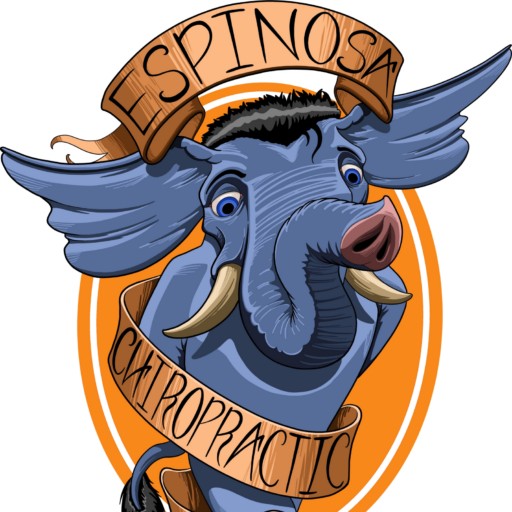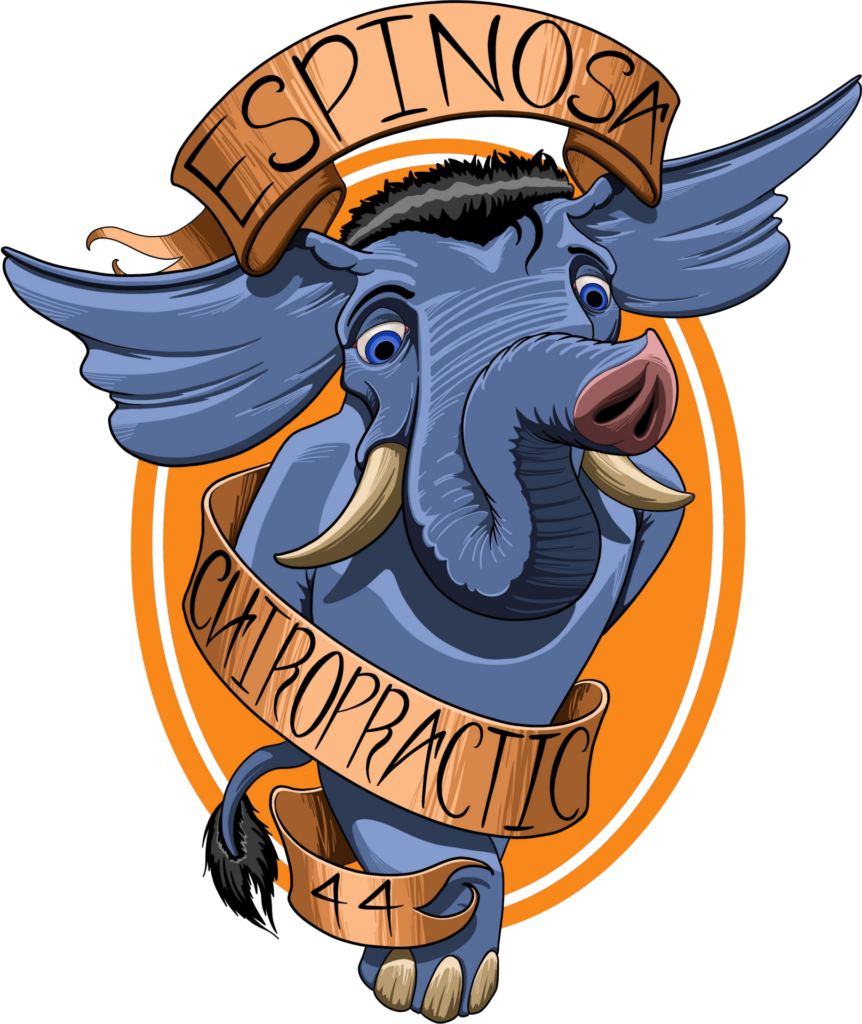Archive for April 2018
Are Your Hips Responsible for Your Lower Back Pain?

Tight hips offer a clear blueprint for lower back pain
Most people are loath to look at their hips as the source of their back pain. But if you sit a lot, you should consider this: tight hip flexors are a signal contributor to lower back pain. This group of five muscles connects the femur to pelvis and provides a crucial connection between the upper and lower body. While they help initiate movements and stabilize the transfer of forces, they can also be implicated in causing dysfunction and back pain. Here’s how:
- The seated position involves an over-contraction of the hip flexors.
- As they remain tight, they lose their flexibility and train themselves to stay this way.
- Lost flexibility creates a pull on the pelvis which leads to Anterior Pelvic Tilt.
- APT and tight hip flexors make good posture hard to come by, and can change the curvature of your spine.
With a lack of support from the hip flexors and an imbalanced, unstable pelvis, your spine’s very foundation is at risk.
But we have an action plan to help you overcome these risk factors. If we identify that you are suffering from tight hips, APT, or both, we enact an action plan with the following goals:
- Reversing APT retraining the pelvis into a neutral posture. We use pelvic tilt and bridge exercises to retrain your pelvis into a more supportive position.
- We focus on regular conditioning of the hip flexors to keep them open and pliable rather than contracted and inflexible.
- We restore alignment and stability in the vertebral segment of the lower back.
Once we have your pelvis, hips and lower back realigned and in a state of balance, we can focus on developing the muscles that matter for core and pelvic stability. Your hip flexors bear a large percentage of the burden for keeping both your hips and lower back strong and balanced. It’s time to stop ignoring their role in your spinal health! Give our office in Sacramento a call to schedule an appointment today.
Running: The Double-Edged Sword for Your Spine

Running is a double-edged sword when it comes to back pain
Running supports the pliability and range of motion of muscles throughout the body; it gets our heart rate up and our circulation flowing; as a weight-bearing exercise, it builds strong bones and strengthens muscles; it is so effective at burning calories and helping people maintain a healthy weight. All of these factors are of primary importance for people concerned with their spinal health. But on the other side of the sword, each stride represents a threat to your spinal health- the shock of a step ripples through the joints in your lower body and is eventually absorbed by the joints in the lower spine. This shock causes strain in the muscles and structures of the lower back, and it is why there is a high coincidence of lower back pain in the running community. So here you are, hopelessly addicted to running, but also concerned about your spine; what are you to do? Read on.
How a Woman’s Body Shape Affects Back Pain

Your body shape determines how you carry your weight
Most women fit into four primary body shapes:
- Apple: triangle downwards, with weight accumulation primarily in the lower abdomen
- Pear: triangle upwards, weight accumulation primarily in the hips and thighs
- Banana: straight/rectangular, weight accumulation in the butt and abdomen
- Hourglass: triangles opposing and facing inwards, fat stored in the backs of the arms and inner thighs
These generalized shapes refer to your skeletal structure, and they are important because they determine where weight, from both muscle and fat, will be distributed throughout your body. Understanding your body shape is essential to understanding the way you carry your weight which has important implications in back pain.
Your Commute Represents a Choice For Your Back Pain

How much of your life do you spend in transit?
The average resident of Sacramento spends 26 minutes commuting each direction and that number is growing each year. When you break it down, the statistics can be dire for your spine. This “average commute,” represents 52 minutes of additional seated time per day. It is unlikely that your car seat was designed with your specific spine in mind, which means that your commuting ergonomics are less than perfect. If you notice additional back pain or discomfort during your daily drive, take a look at our tips for making the commute a bit easier on your spine.
When it Comes to Losing Weight, Chiropractic is Your Best Teammate

A healthy weight makes for a healthy spine
Determining, and setting a course to maintain, your target weight should be a health priority for all adults. If you look at it from a spinal perspective, keeping off the extra pounds is essential. Every pound over your target weight represents an unsupportable burden for your spine; these pounds increases the compressive factor on your spine, and contribute to spinal degeneration that results in conditions like herniated discs and sciatica. Of course, the easiest way to maintain your target weight is through a strategic combination of nutrition and exercise, but chiropractic adds an augment to this system. How can chiropractic make maintaining a healthy weight easier? Read on to find out.
Avoiding Overuse Injuries in the Workplace

Overuse injuries are, by their very nature, nasty
The causes of overuse injuries are insidious- you spend so much subconscious time performing the same activity and you simply can’t feel the micro-traumas that occuring until they one day reach a breaking point. Today, some of the most common overuse injuries occur in the workplace which has led to the alternative term: work-related musculoskeletal disorders.
